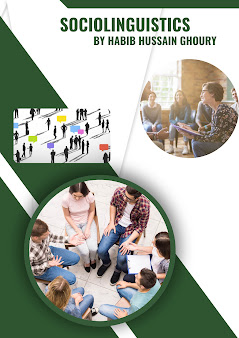Search This Blog
We are avail to help you according to your research and thesis. British Council Trainer - Education Expert - Research Evaluator We learn with you and You learn with us
Featured
- Get link
- X
- Other Apps
Sociolinguistics
Sociolinguistics: Understanding the Relationship between Language and Society
As a society, we use language every day to communicate with one another. However, have you ever stopped to think about the ways in which language is shaped and influenced by the society in which it is used? This is the focus of sociolinguistics, the study of the relationship between language and society.
One of the key insights of sociolinguistics is that language is not just a tool for communication, but also a reflection of the social identities, relationships, and power dynamics of society. For example, studies have shown that the way people speak can reveal their social class, race, gender, and even their level of education. Additionally, the way we use language can reflect and reinforce our social relationships, such as the way we use formal or informal language in different settings. Another important area of sociolinguistics is the study of bilingualism and multilingualism, and how people use different languages in different contexts. For example, research has shown that people often switch between languages depending on the situation and the people they are speaking with, a phenomenon known as code-switching. This can reflect the social identities and relationships of the speaker, as well as the cultural and historical context of the community.
Another important area of sociolinguistics is language policy, which refers to the ways in which governments and other institutions shape and regulate the use of language. For example, governments may establish official languages and promote their use, or they may support the use of minority languages. Sociolinguists study the effects of these policies on language use and the social identities and relationships of the people affected.
In conclusion, sociolinguistics is a fascinating and important field of study that helps us to understand the ways in which language is shaped and influenced by the society in which it is used. It helps us to see language not just as a tool for communication, but also as a reflection of the social identities, relationships, and power dynamics of society. Understanding this relationship is essential for understanding the complexities of human communication and the role it plays in our lives.
- Get link
- X
- Other Apps




.jpeg)
Comments
Post a Comment